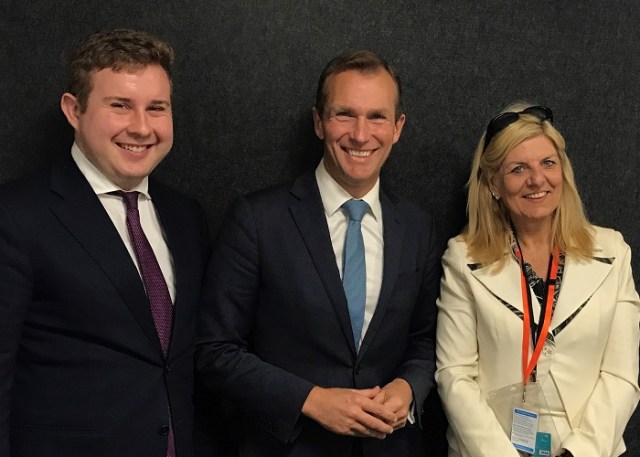
Last month I was quite critical of PIAA and the public shambles surrounding it. Since then they have lost another president and director, Bill Healey is back at the helm as CEO, and as of writing some cool heads seem to have taken charge with peace talks breaking out between the warring factions.
My key criticism of PIAA still remains though – that they have totally botched their narrative. I hope I can be excused for using that wonky political term but it is very apt.
Paul Keating was the first Australian politician to really believe the narrative was an essential part of public life. When he wanted to put forward changes, he told the story of what the problem was, why it needed to be fixed, and how he was going to do it.
For a long time, people went with him and Australia is vastly better off for it. I would argue that Keating’s fatal mistake was his abandonment of the narrative with the 1993 budget surprises that finished his prime ministership.
Where is PIAA’s narrative? Do we know what the problems are with PIAA? Do we know why they need to be fixed? Do we know how the board is planning on fixing them?
PIAA has been steadfast in its claims that it has a three-year plan that explains it all. In my last column I suggested they post it online that day to prove it. What they actually did was email all the members, including a PDF of the email sent in November with a link to the one-page summary document I quoted last month.
This was gobsmacking obfuscation, and the type of dumb politics that wouldn’t even pass muster with the Northern Territory Government. They want the plan? Send ‘em that document we sent ‘em already with the dot points – lets baffle ‘em with the proverbial.
I was totally exasperated when that email landed. It was bad, but what was truly offensive was how dumb they obviously think we are. I wrote to Bill Healy and told him I didn’t think much of the advice he was getting. I also asked him for a copy of the plan.
And I got it.
Now this is tricky, because I have seen the plan as a member of PIAA, not as a ProPrint columnist. On that basis I don’t feel I can report on its details – until PIAA makes it officially public it is really up to each individual member to request a copy from them and I would encourage you to do so.
If like me you are expecting a ten-page document filled with figures, strategies and a step by step action plan, you will be disappointed.
There is no information about why the plan was needed. That does not mean there might not have been an Issues paper floating around the board table at the same time, but it would have been handy to read the two in conjunction.
Was there a plan for the future? Yes – a bare bones dot-point but explicit plan for the next three years. Will you like it? Write to PIAA and ask for a copy. Decide for yourself.
I have seen the plan and to me it answers some questions but raises more. The biggest one? If PIAA thinks something this radical is necessary, what do they know about the future of print that I don’t?
They need to tell us.
Comment below to have your say on this story.
If you have a news story or tip-off, get in touch at editorial@sprinter.com.au.
Sign up to the Sprinter newsletter



